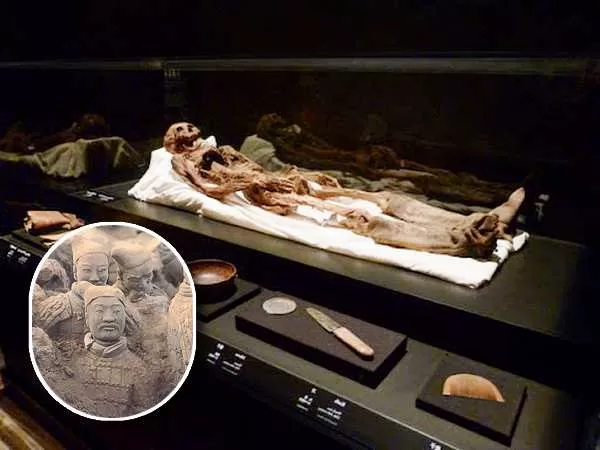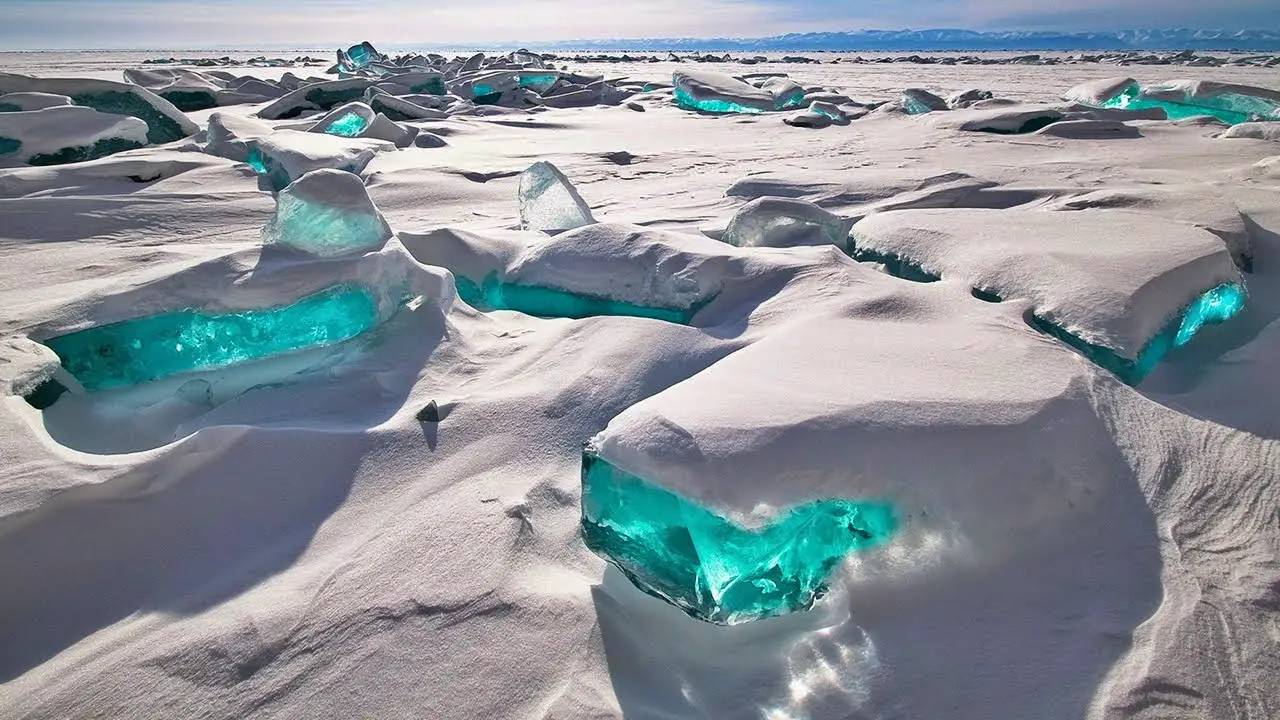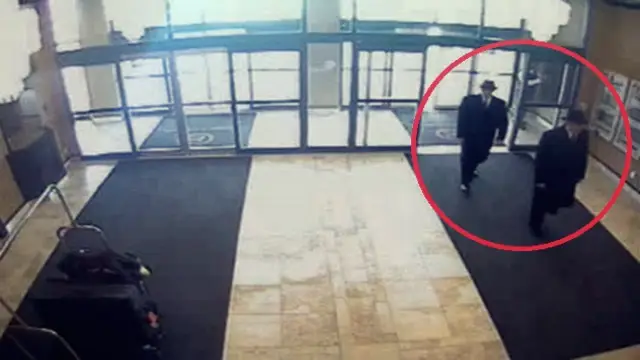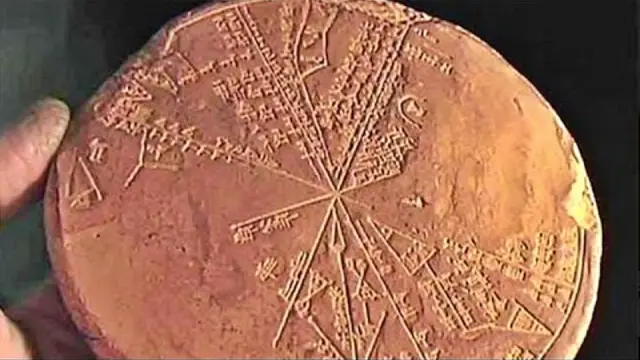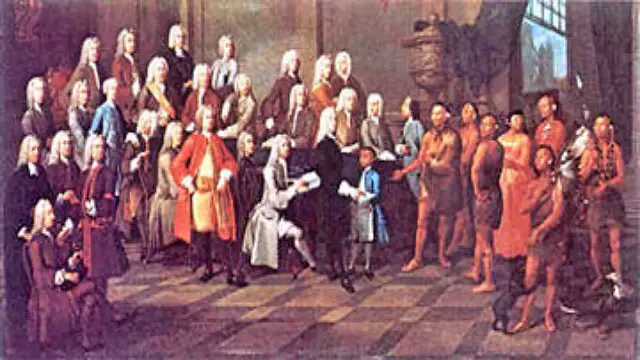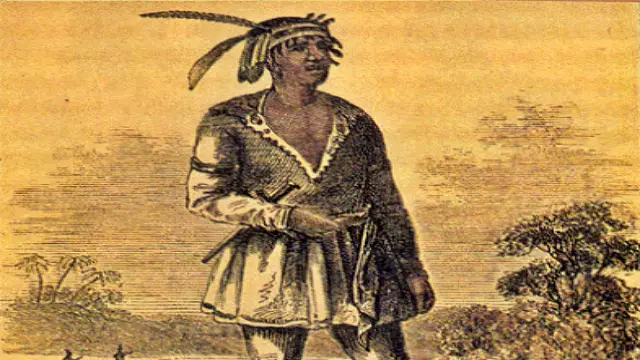Genghis Khan, the legendary Mongolian emperor whose final resting place remains shrouded in mystery, may soon have his burial site uncovered thanks to cutting-edge technology. For centuries, the location of his grave has been cloaked in secrecy, with stories of executions and diverted rivers adding to the enigma. Now, a team of researchers from UC San Diego’s Center for Interdisciplinary Science in Art, Architecture, and Archaeology (CISA3) aims to solve this ancient puzzle using state-of-the-art visualization technologies.
Key Points
The Legendary Secrecy of Khan’s Tomb
According to legend, Genghis Khan’s burial site lies somewhere beneath the steppe of Northeastern Mongolia. The story goes that anyone who stumbled upon his funeral procession was executed, and to ensure his grave’s secrecy, his followers trampled over the site with horses and even diverted a river to obscure it. This meticulous effort to hide the emperor’s resting place reflects the reverence and mystery surrounding one of history’s most formidable figures.
Fast forward nearly 800 years, and modern science has taken up the challenge of finding Khan’s tomb. Dr. Albert Yu-Min Lin, a researcher affiliated with CISA3, is leading the charge. Lin believes that despite Khan’s reputation as a ruthless conqueror, his achievements and contributions—such as unifying the Mongolian tribes and advancing international relations—deserve recognition. The quest to locate his final resting place is not just a historical endeavor but also a chance to appreciate his multifaceted legacy.

Cutting-Edge Technology in the Search for the Tomb
Dr. Lin and his team, including Professor Maurizio Seracini—known for his quest to find Leonardo da Vinci’s lost “Battle of Anghiari” painting—plan to employ advanced technologies to locate Khan’s tomb. They will utilize resources from the California Institute for Telecommunications and Information Technology (Calit2) and CISA3 to conduct a non-invasive survey of the area where Khan is believed to be buried.
The Valley of the Khans project, which requires $700,000 in funding, will involve eight researchers over three years. The team will leverage techniques such as remote sensing, satellite imagery, and ground-penetrating radar to identify potential sites. Calit2’s 287-million pixel HIPerSpace display wall will be crucial in visualizing and analyzing the collected data.
Innovative Public Involvement
Lin and his team aim to make the search for Khan’s tomb an interactive experience. They plan to involve the public through initiatives like a modified version of the International Space Station’s ‘EarthCam’ program. Middle school students could control satellite cameras to capture images of the region under investigation, much like how the online “Find Steve Fossett” project engaged the public in locating a missing adventurer.
By combining social networking with advanced visualization techniques, the researchers hope to create a dynamic and collaborative search effort. This approach could enhance the likelihood of discovering the tomb while engaging a broader audience in the historical quest.
The Challenges of Uncovering Ancient Secrets
Despite the technological advancements, Lin acknowledges the challenges of locating Khan’s tomb. The area around the presumed burial site has been off-limits for centuries, first due to Khan’s guards and later under Soviet occupation. Only in the 1990s did researchers gain access, but previous attempts to find the tomb have been unsuccessful.
The search team will employ ground-penetrating radar, electromagnetic induction, and magnetometry to conduct non-destructive surveys. The goal is to develop a high-resolution, 3-D representation of the site that could potentially reveal the tomb’s location.
The Historical Significance of Khan’s Tomb
The discovery of Genghis Khan’s tomb would not only answer a long-standing historical mystery but also offer insights into the era’s culture and technology. Lin speculates that remnants of the international conquests and advancements, such as early printing technologies, might be found in the tomb. This would further illuminate Khan’s impact on global history.
Lin emphasizes the importance of collaboration with the Mongolian government and local universities. His “Mongolian family,” including Amaraa and Bayarsihan Baljinnayam, will assist with language interpretation, expedition coordination, and garnering local support. This collaboration will be vital in navigating the complexities of international relations and ensuring the project’s success.
A Tribute to a Historical Leader
Lin reflects on Khan’s legacy and how he might wish to be remembered. He admires Khan’s ability to unite diverse cultures and adapt new technologies, drawing parallels to his own work in integrating various disciplines. Lin envisions the project not just as a search for an ancient grave but as a tribute to one of history’s most influential figures.
As the team prepares for their quest, they remain mindful of the inherent challenges and the possibility that their search might not yield definitive results. Nonetheless, the project represents a remarkable intersection of history, technology, and public engagement—a modern effort to uncover the secrets of one of history’s greatest leaders.
